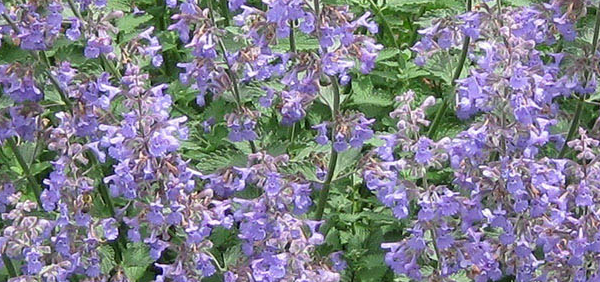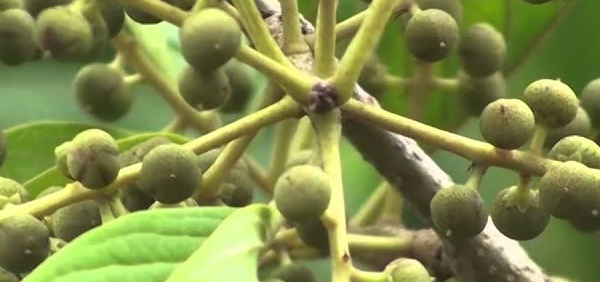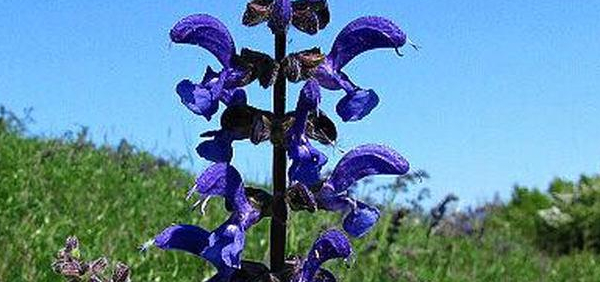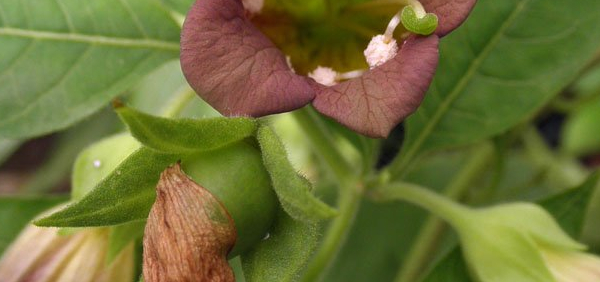lamajjaka :

Morphology:
Habit Perennial; caespitose. Butt sheaths glabrous;
persistent and investing base of culm; with compacted dead
sheaths, or curly dead sheaths. Culms erect, or geniculately
ascending; 30–150 cm long. Ligule an eciliate membrane;
0.5–4 mm long. Leaf-blades 15–30 cm long; 3–5 mm wide;
aromatic. Leaf-blade apex attenuate; filiform.
2.2 Inflorescence Synflorescence compound; linear; 15–40
cm long; dense. Inflorescence composed of racemes;
terminal and axillary; subtended by a spatheole; enclosed.
Spatheole lanceolate, or elliptic; 1.5–2.5 cm long; red.
Racemes 2; paired; deflexed; 1.3–2.2 cm long. Rhachis
fragile at the nodes; semiterete; pilose on surface; ciliate on
margins. Rhachis internodes linear. Rhachis internode tip
transverse; cupuliform. Raceme-bases flattened; subequal.
Spikelets in pairs. Fertile spikelets sessile; 1 in the cluster.
Companion sterile spikelets pedicelled; 1 in the cluster.
Pedicels linear; semiterete; ciliate; hairy on surface and
margins.
2.3 Sterile Spikelet’s Basal sterile spikelets well-developed;
2 in number (lower raceme); 0 in upper raceme; with normal
internodes; sessile and pedicelled. Basal sterile spikelet
pedicels free; linear. Basal sterile spikelets equalling fertile.
Companion sterile spikelets well-developed; male;
lanceolate; 6 mm long; as long as fertile; deciduous with the
fertile. Companion sterile spikelet glumes chartaceous;
distinctly veined; 3–7 -veined; acute; muticous. Companion
sterile spikelet lemmas 2; enclosed by glumes.
2.4 Fertile Spikelets Spikelets comprising 1 basal sterile
florets; 1 fertile florets; without rhachilla extension.
Spikelets lanceolate; dorsally compressed; 4.5–5.5 mm long;
falling entire; deciduous with accessory branch structures.
Spikelet callus base obtuse; inserted.
2.5 Glumes Glumes dissimilar; exceeding apex of florets;
firmer than fertile lemma. Lower glume lanceolate; 1 length
of spikelet; chartaceous; 2-keeled; keeled all along; keeled
laterally. Lower glume intercarinal veins absent, or obscure;
0–2 in number. Lower glume surface concave. Upper glume
lanceolate; 1-keeled. Upper glume apex acute.
2.6 Florets Basal sterile florets barren; without significant
palea. Lemma of lower sterile floret hyaline. Fertile lemma
lanceolate; hyaline; without keel. Lemma apex lobed; 2 -fid;
incised 0.5 of lemma length; awned; 1 -awned. Principal
lemma awn from a sinus; geniculate; 7–10 mm long overall;
with twisted column. Column of lemma awn glabrous. Palea
absent or minute
- » Classification and names of lamajjaka
- » Synonyms and definitions of lamajjaka
- » Drug Properties of lamajjaka
- » Chemical Constituents of lamajjaka
- » Standardization of lamajjaka
- » Parts used and Dosage of lamajjaka
- » Morphology and Histology of lamajjaka
- » Distribution and Conservation of lamajjaka
- » Cultivation of lamajjaka
- » lamajjaka in the market
- » Medicinal Uses of lamajjaka
- » Researches and clinical trails of lamajjaka
- » lamajjaka in other sytems of medicine
- » Ayurvedic formulations with lamajjaka
- » Images of lamajjaka












